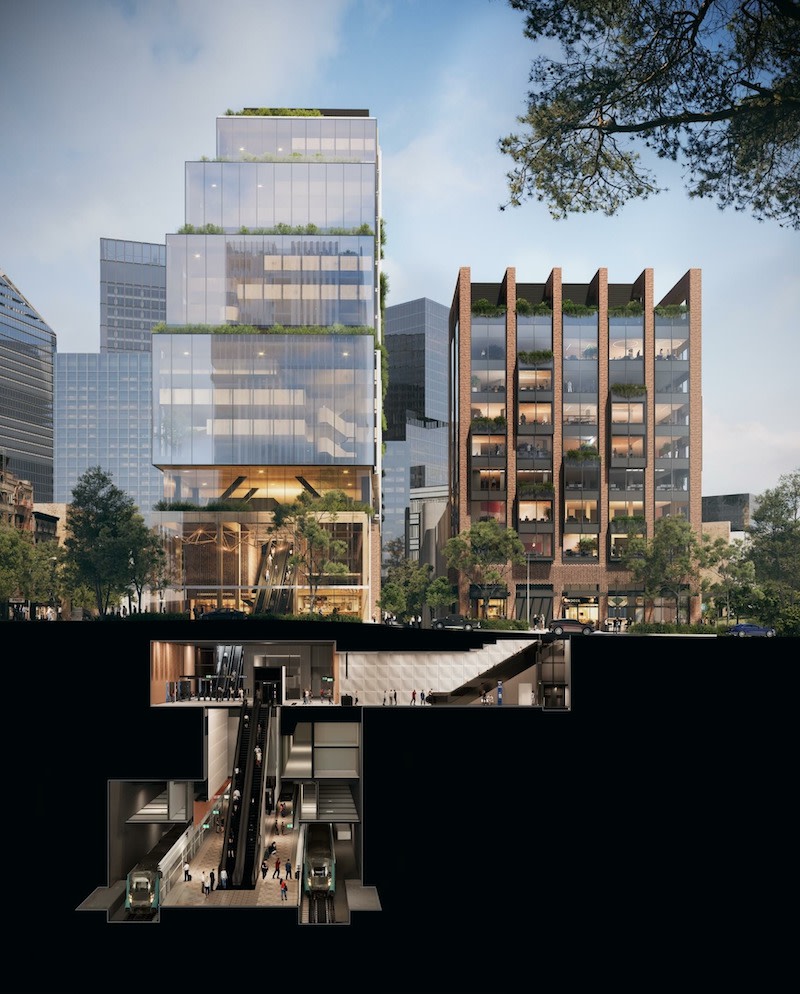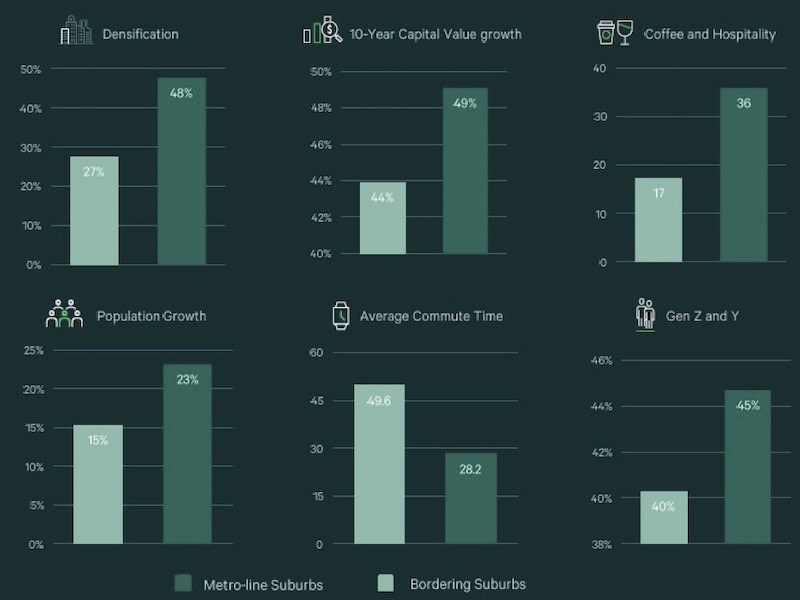Sydney ‘Metro-fication’ Drives Up Values

The yet-to-be-completed Sydney Metro is already having a sizable impact on the state’s economy, pushing up values and driving population growth in suburbs it touches.
New data from CBRE and PropTrack shows that suburbs along the Metro line have had a 49 per cent increase in capital value during the past decade, outperforming their peer group by an average of 5 per cent.
The gap has been wider in some neighbouring suburbs, with the Metro line suburb of Castle Hill recording capital value growth of 72 per cent compared to the 49 per cent growth in the non-Metro suburb of Baulkham Hills.
Similarly, Crows Nest has notched up capital value growth of 79 per cent, compared to 62 per cent growth in nearby Cammeray.
CBRE’s Pacific head of research, Sameer Chopra, dubbed it a “metro-fication” that is transforming the living experience, work patterns and retail choices of Sydneysiders close to the city’s new railway stations.

“By 2030, Sydney will have a network of four Metro lines, 46 stations and 113km of new Metro rail,” he said.
“We’ve already seen early evidence of this driving higher residential price growth and we see this outperformance increasing once the next stage is completed, with shorter commute times being a key driver.”
This includes the travel time from Macquarie Park to Barangaroo dropping from 53 minutes to 18 minutes and from Pitt Street to Bankstown going from 80 minutes to 30 minutes.
REA Group economist Anne Flaherty said the enhanced accessibility provided by the Metro, potential for additional infrastructure development, increased demand and possibilities for rezoning had all contributed to an overall increase in homes values.
The infrastructure project has also brought a wave of over-station development opportunities that have been taken up by many of the industry’s biggest players, with retail, office and residential towers planned and under way.
Metro suburbs outperforming surrounding suburbs

Just this week, developer Thirdi and partners Phoenix Property Investment revealed plans to turn more than a 100 apartments in its Crows Nest over-station development over to affordable housing.
But as well, developers are seeing the opportunity in projects along Metro routes, with its connectivity crucial to buyer and tenant interest.
CBRE’s Metro—Transforming Sydney Precincts report also highlights that the population in suburbs along the Metro line has surged by 23 per cent over the past decade, nearly twice the pace of suburbs further out.
It is also attracting a younger, more vibrant demographic that is favouring higher density living and eating out.
Chopra said, “Our data highlighted that nearly half the residents in near-Metro suburbs live in apartments, double the rate of residents in suburbs further out.
“We also found that 45 per cent of residents in suburbs along the Metro line stations are Gen Z and Gen Y, 5 per cent higher than in suburbs slightly further out.
“And these near-Metro suburbs have 12 cafes per 10,000 residents, compared to eight for every 10,000 residents in suburbs further away.”













